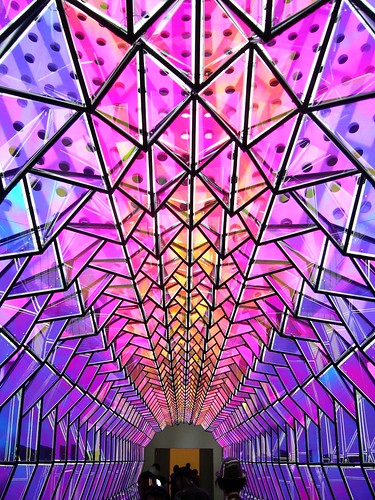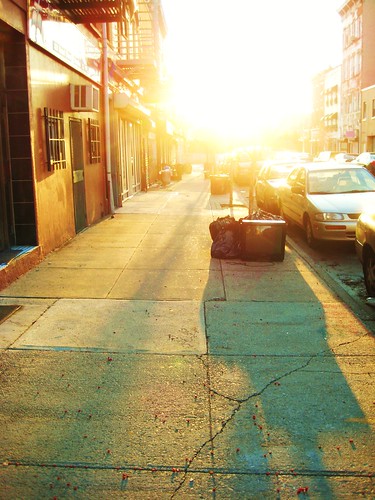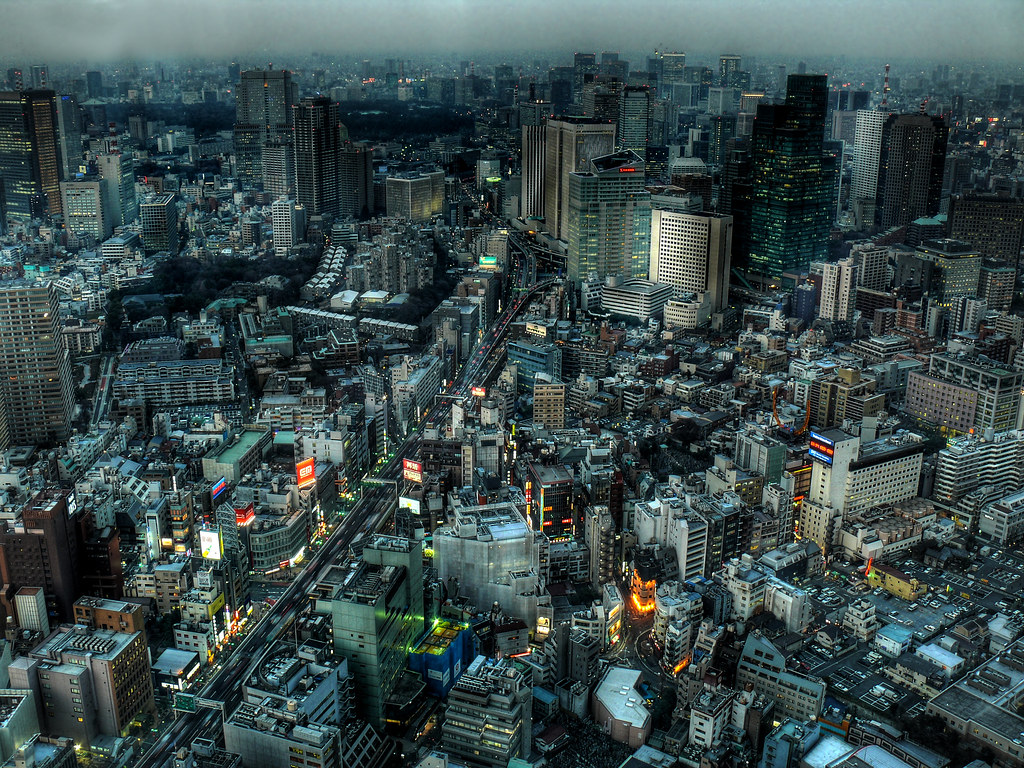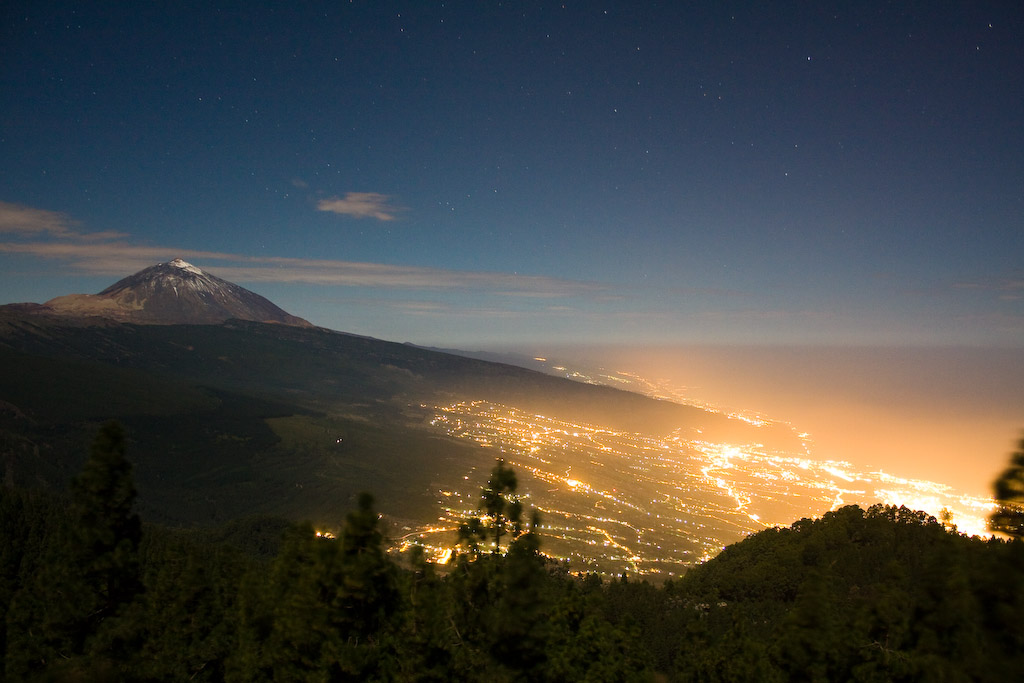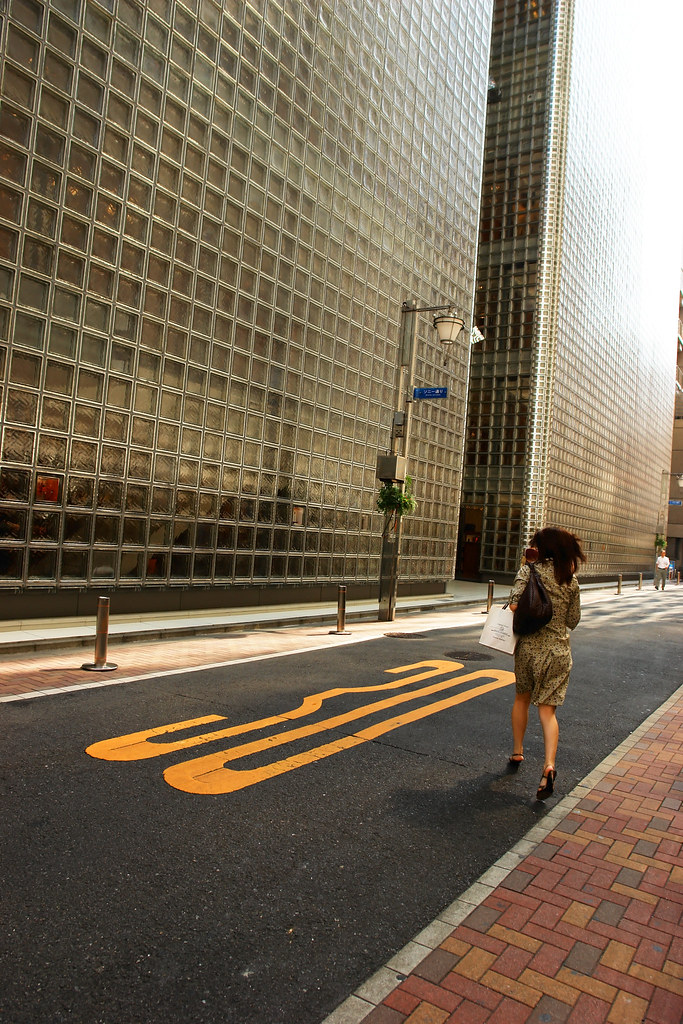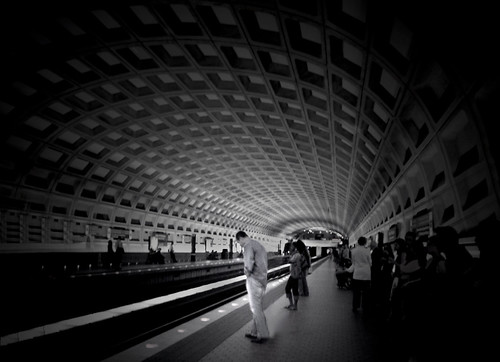
Cities are extremely complex organisms made up of hundreds of independent and interdependent systems. The most basic and oft-overlooked of these systems are some of the most vital. Sewers, which remove waste and excess water, keep our streets clean and dry. They do this out of sight. Canals, rivers, bridges, and roadways allow for the transportation of goods and people within densely populated urban centers. We take them for granted. We have many large facilities for cleaning our water, recycling our trash, and producing our energy, and we hate it when we have to look at them. We so often forget to appreciate the importance of having a strong network of well-maintained public and green spaces. We get so involved in our own social systems that we forget that the larger framework of the city is there, making it all possible. We forget that cities themselves are living things, and that, ours are just tiny parts of a huge, interconnected process -- of creation, of destruction, of life.
What if more of the overlooked nerves and veins could be brought out into the open, or highlighted in some way? What if we had to interact with filtration systems and electric grids in a more direct way? What if we had to live on and in our bridges and tunnels instead of just passing over and through them. What might our cities look like if none of the processes that supported its existence went overlooked? How could we create an urban environment that helped citizens to better understand how their city
works, and how they work within that system?
Bridges like the Ponte Vecchio in Florence, Italy, and the Chateau de Chenonceaux in France are evidence of the fact that bridges can be made into livable, functioning parts of the city. But what of the tunnels? In a twist of radical genius, a firm in Amsterdam recently proposed that the Dutch capital drain its canals and build an entire subcity of public, commercial, and parking (which, hopefully, could later be converted to other uses) under the canal system before re-filling the canals with water. No traffic topside would need to be disturbed, and a huge amount of space would be created, seemingly from scratch. There could be subterranean cafes dappled in light dancing through a glass ceiling open to the canal water overhead, movie theaters buried beneath bustling public plazas, perhaps even underground extensions of the city's many wonderful museums. No need for Renzo or Zaha; just dig down.
If these tunnels were to be dug, and another physical layer added to the fabric of Amsterdam, it would change the way that the canals were experienced by the public. Topside, they would remain serene, almost pastoral. But there would be the new knowledge that, once again, these canals were serving as a major thoroughfare, moving thousands of people through the city. Perhaps a public elevator system could be designed to access the tunnels using canal water in a hydraulic system, even more tightly tying the tunnels, the people, and the waterways together.
Speaking of water, Pruned recently took a detailed look at the work of Kevin Robert Perry, whose project on NE Siskiyou Street in Portland, Oregon, uses a system of landscaped "cells" reclaimed from parking space alongside the road. Water flows downhill into the landscaped areas, which use a series of checkdams to distribute water to the cells and prevent overflow, retaining and cleaning stormwater runoff on-site. While Perry's award-winning system only serves a small corner of the city, imagine the possibilities presented by a city-wide system. Much as Frederick Law Olmsted connected his parks with broad greenways, all of a city's streets could be lined with water retention gardens, with a hierarchical system designed to send all overflow, eventually, to parks specifically re-configured to collect and clean runoff. Think of Urbanlab's winning City of the Future entry, taken even further.
And what of our parks? While we take them for granted as part of the city's infrastructure, we certainly don't forget that parks exist like we sometimes forget about water treatment facilities. But couldn't parks be more than just gathering places? Couldn't -- and shouldn't -- they also be used as teaching tools? These public spaces provide a unique opportunity for showing urbanites how they impact their surroundings, and how their city works. In addition to cleaning wastewater and runoff, what other roles could re-imagined parks serve?

A contest was announced on February 15th by the Design Trust for Public Space and the Grand Army Plaza Coalition to generate ideas as to how Brooklyn's severely underused Grand Army Plaza, at the northern entrance to Prospect Park (which many, this blogger included, consider to be Olmsted's greatest park) could be redesigned as a more lively, energetic public space. The plaza, which sits atop a subway station, provides an excellent platform for any designer interested in creating a space that more clearly and fluidly emphasizes and integrates the transit system with the public space at street level. How do the public (park) and semi-public (subway station) interact, and how can design make this not only more enjoyable, but more informative?
Infrastructure could be an intriguing new frontier for the mixed-use movement. While inhabitable bridges seem long-overdue, there must be a thousand different ways of re-thinking infrastructure. Any ideas?
 (Photo from Flickr user Rita Crane. The original full-color version can be viewed by clicking the photo.)
(Photo from Flickr user Rita Crane. The original full-color version can be viewed by clicking the photo.)Links:
Gallery of Bridges in ArchitectureWeek (Civic Nature)Amsterdam Subcity (BLDGBLOG)Hyperlocalizing Hydrology in the Post-Industrial Urban Landscape (Pruned)Growing Water (Urbanlab)Reinventing Grand Army Plaza (Design Trust for Public Space)



















